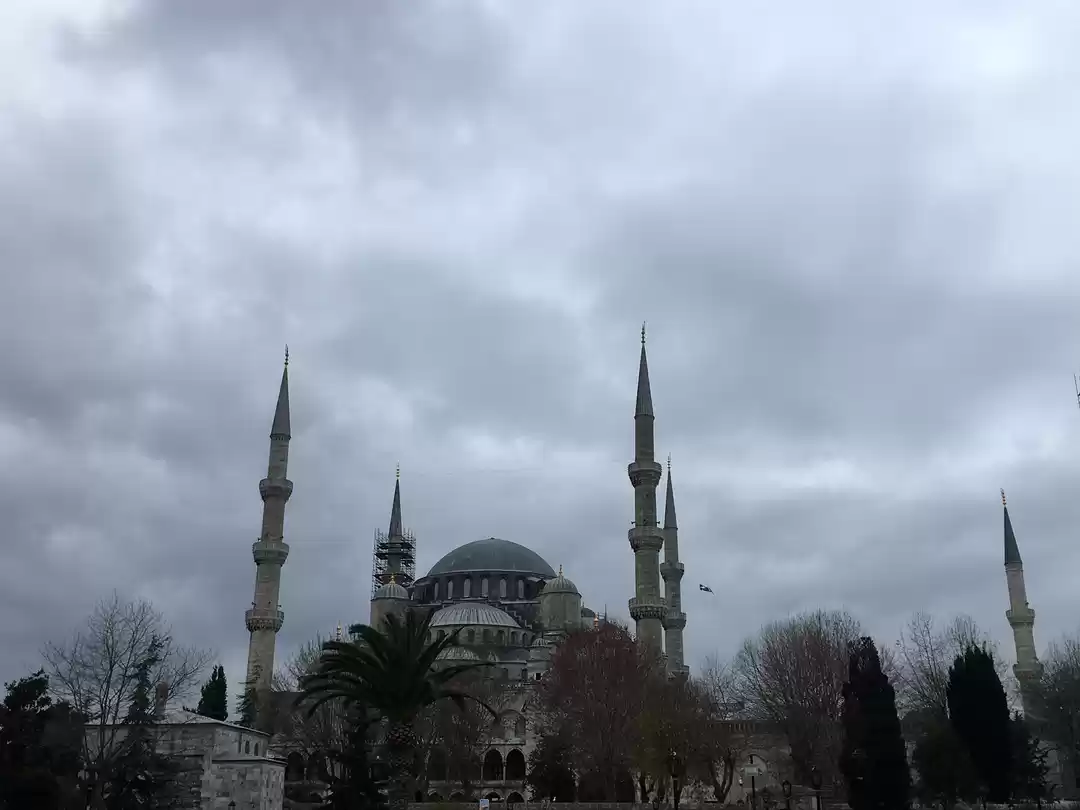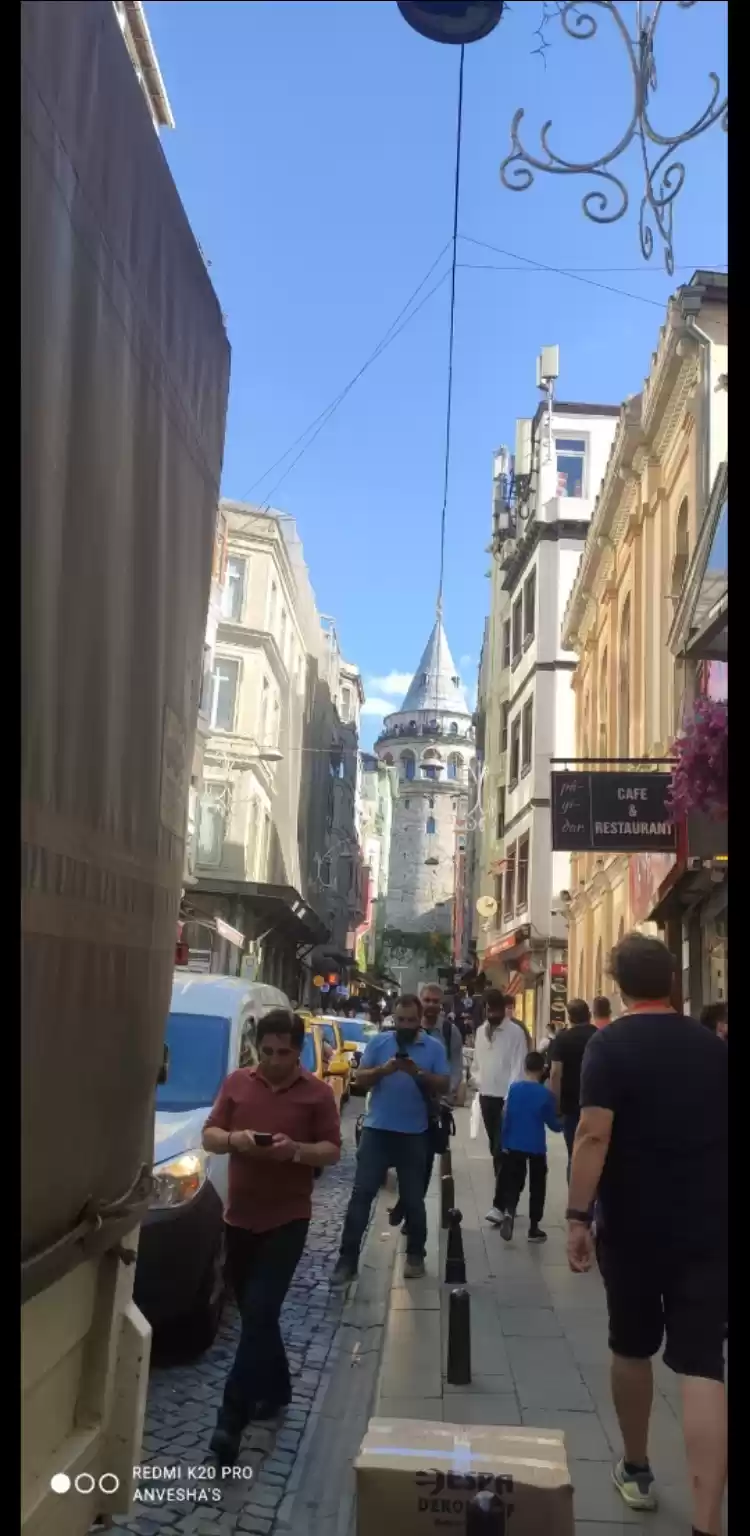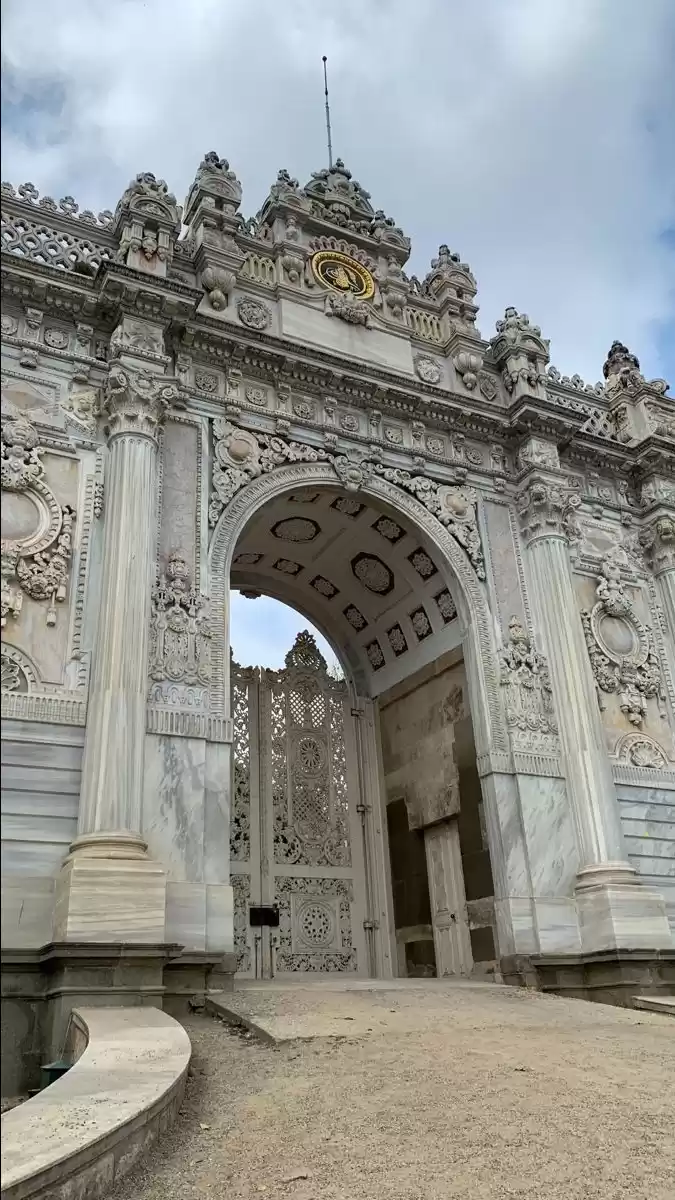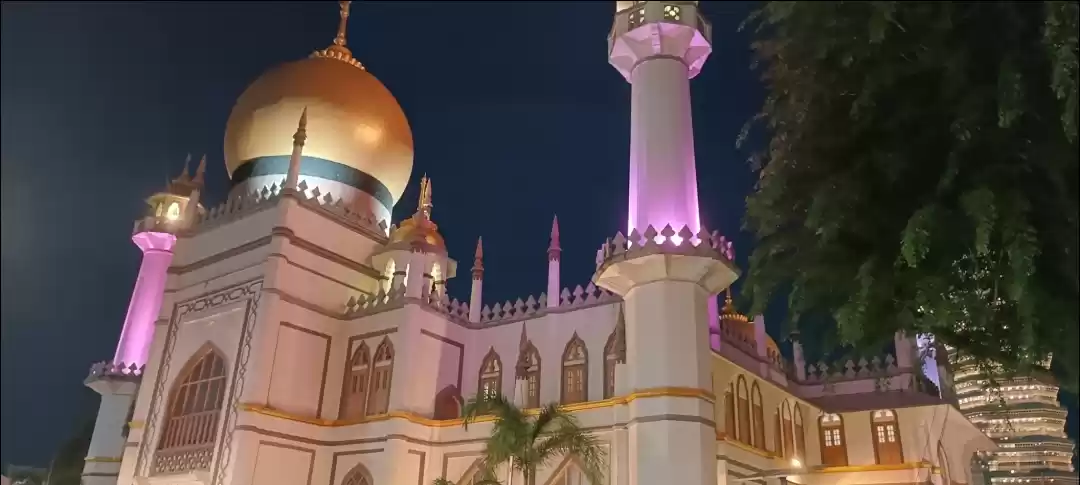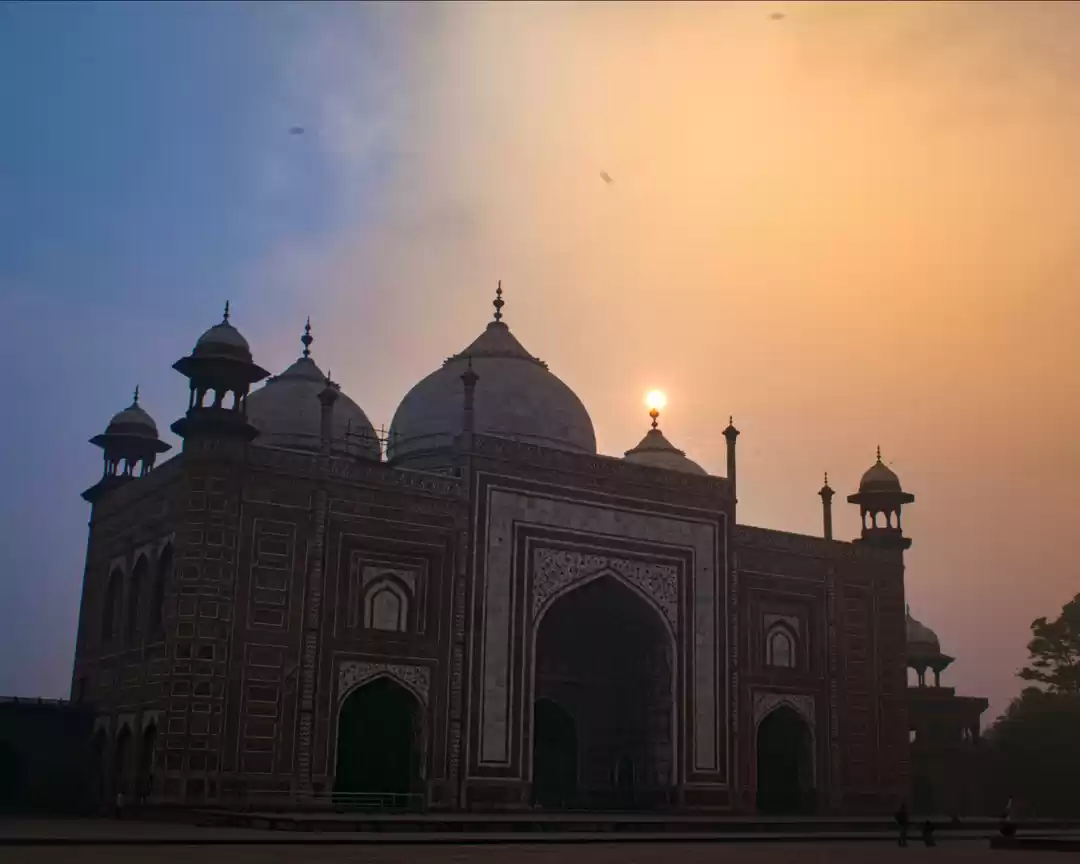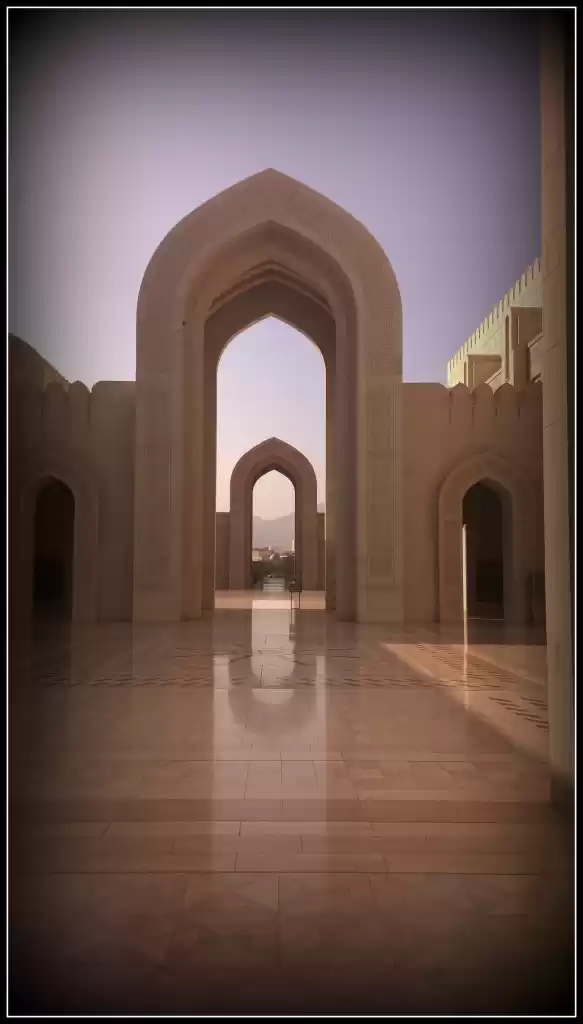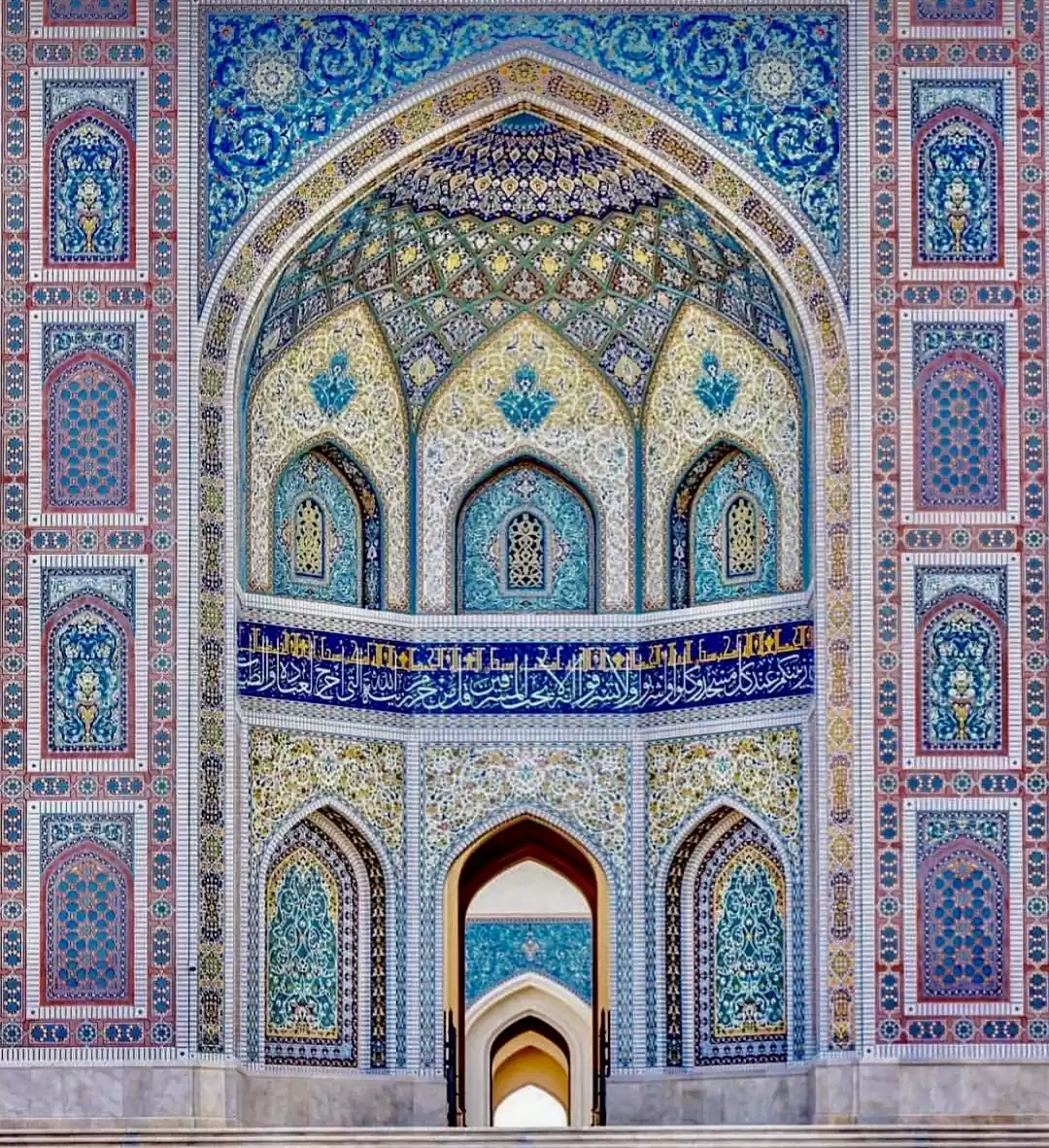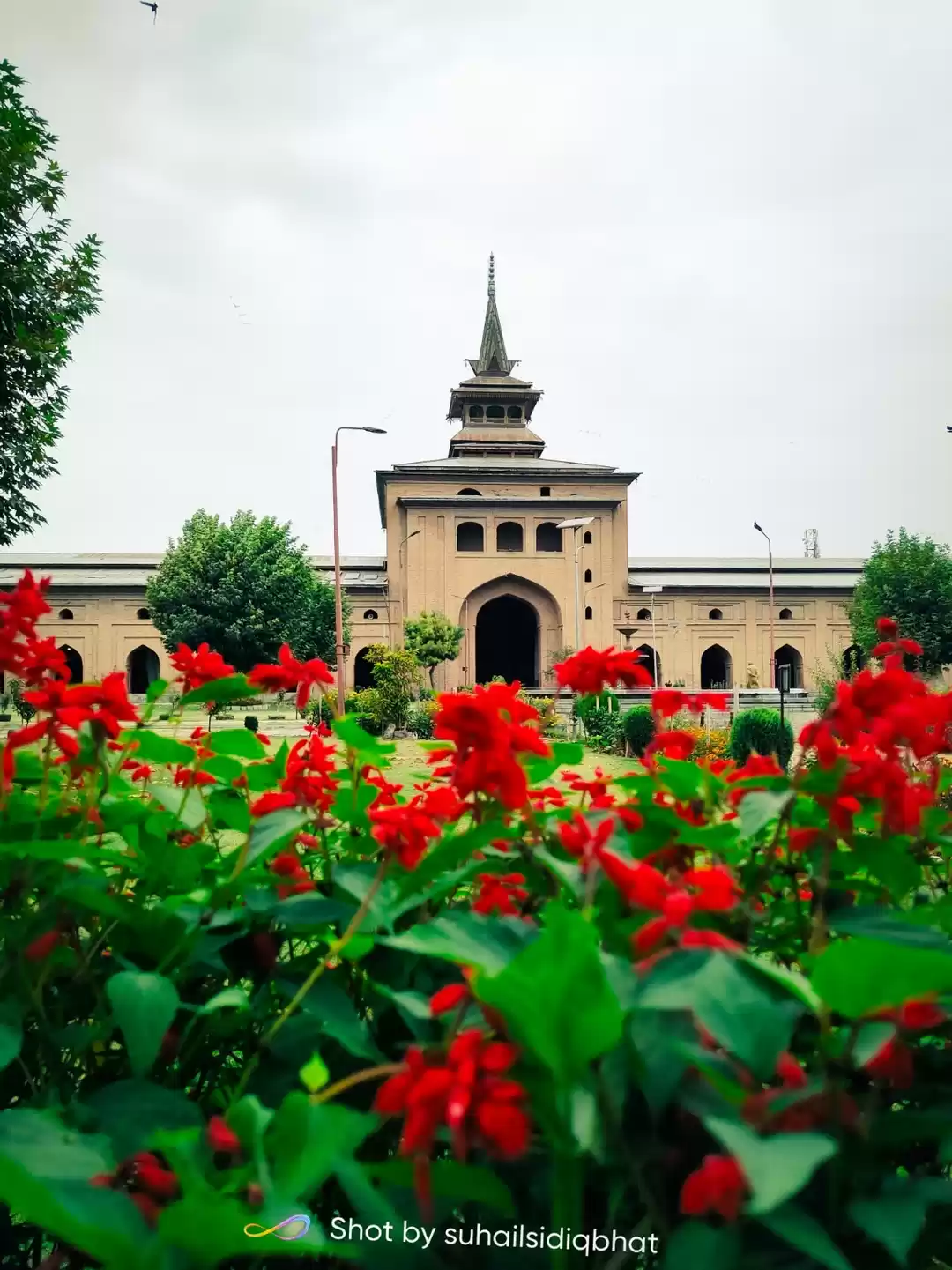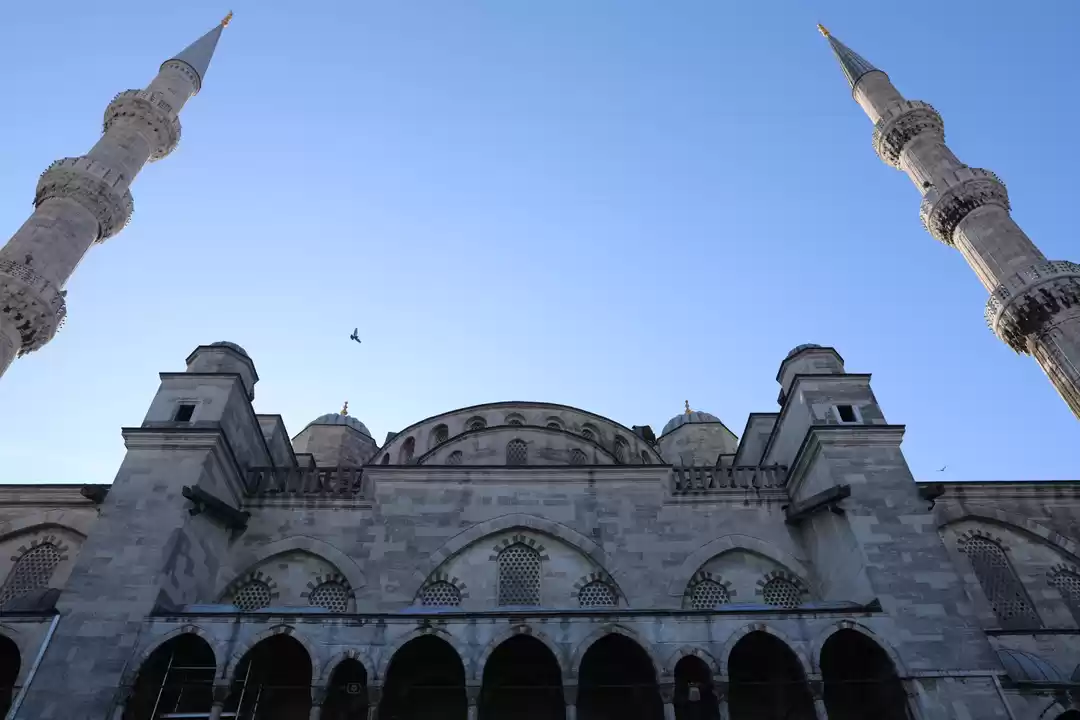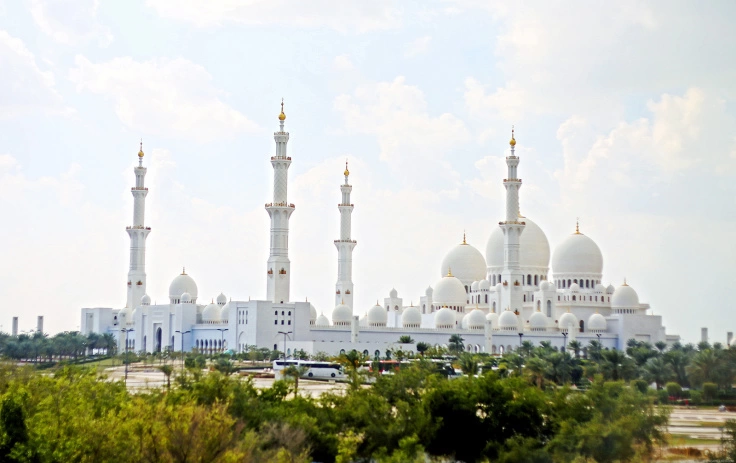The Sultan Ahmed Mosque is not only a masterpiece of Ottoman architecture and culture, but also a symbol of the city’s rich and diverse history. Built in the 17th century by Sultan Ahmed I, the mosque was designed to rival and surpass the Hagia Sophia, the former Byzantine church that was converted into a mosque by the Ottomans. The result was a magnificent structure that combines elements of both Byzantine and Ottoman styles, creating a unique and harmonious blend of art and faith.
In this article, we will guide you through the history, architecture, and interior of the mosque, as well as provide you with practical information for visiting the mosque and its complex. We will also suggest some of the nearby attractions and activities that you can enjoy in Istanbul, the city that bridges two continents and two cultures.
History

The Sultan Ahmed Mosque was built between 1609 and 1616 by Sultan Ahmed I, the 14th ruler of the Ottoman Empire. The sultan wanted to build a grand mosque that would assert his power and prestige, as well as demonstrate his piety and devotion to Islam. He chose a site that was close to the Hagia Sophia, the former Byzantine church that was considered the most magnificent building in the world at the time.
The construction of the mosque was a massive and costly project, involving thousands of workers and artisans, as well as the finest materials and techniques. The mosque was designed by Sedefkar Mehmed Agha, a pupil of the famous architect Sinan, who was responsible for many of the Ottoman masterpieces.
The mosque was completed in 1616, and was inaugurated by the sultan himself, who led the first prayer in the mosque. The mosque was named after the sultan, and was also known as the Blue Mosque, due to the color of the tiles that adorned its interior. The mosque is still an active place of worship, as well as a UNESCO World Heritage Site, and a must-see attraction for anyone visiting Istanbul.
Architecture

The Sultan Ahmed Mosque is a masterpiece of Ottoman architecture, combining beauty, functionality, and symbolism. The mosque has a rectangular plan, measuring 64 by 72 meters, and is oriented towards Mecca, the direction of prayer for Muslims. The mosque has two main parts: the courtyard and the prayer hall.
The courtyard is a large and spacious area, measuring 53 by 58 meters, and is surrounded by a portico with 26 domes and 30 columns. The prayer hall is the main and most impressive part of the mosque, measuring 51 by 53 meters, and is covered by a large central dome, with a diameter of 23.5 meters and a height of 43 meters. The central dome is supported by four massive pillars, known as the elephant feet, and four semi-domes, creating a spacious and airy interior. The prayer hall also has six smaller domes, and more than 200 windows, that allow natural light to enter and illuminate the interior. The prayer hall has a capacity of 10,000 worshippers, and has a mihrab (niche indicating the direction of Mecca), a minbar (pulpit), and a sultan’s lodge.
The mosque’s exterior is also decorated with tiles, marble, and calligraphy, and has a variety of colors and patterns. The mosque’s exterior reflects the changing seasons and times of the day, creating different moods and atmospheres. The mosque’s exterior is especially beautiful at night, when it is illuminated by lights, creating a magical and enchanting sight.
The Sultan Ahmed Mosque is famous for its interior, which is decorated with more than 20,000 blue tiles, that give the mosque its nickname. The mosque’s interior also has other features and decorations, such as chandeliers, carpets, stained glass, and calligraphy. The mosque’s interior is designed to create a sense of awe and wonder, as well as a sense of peace and tranquility. The mosque’s interior is also designed to facilitate the worship and the prayer of the Muslims, as well as to inspire and educate the visitors. The mosque’s interior is a masterpiece of art and faith, and a testament to the skill and creativity of the Ottoman craftsmen and artists.
Visiting Information

The Sultan Ahmed Mosque is open to visitors every day, except during the five daily prayers, when only Muslims are allowed to enter. The mosque is free of charge, but donations are welcome and appreciated.
The mosque is located in the Sultanahmet district of Istanbul, and is easily accessible by public transportation, such as tram, bus, or metro. The mosque is also within walking distance of other attractions, such as the Hagia Sophia, the Topkapi Palace, and the Grand Bazaar.
The mosque has some rules and guidelines for visitors, that should be followed and respected. The mosque is a place of worship, and visitors should dress modestly and appropriately, covering their shoulders, knees, and heads. The mosque provides free scarves and skirts for visitors who need them. Visitors should also remove their shoes before entering the mosque, and place them in the plastic bags provided.
Visitors are advised to visit the mosque early in the morning or late in the afternoon, to avoid the crowds and enjoy the mosque in a more peaceful and serene atmosphere.
Nearby Attractions

The Sultan Ahmed Mosque is located in the heart of Istanbul, and is surrounded by many other attractions and activities that you can enjoy in the city. Whether you are interested in the history, culture, or entertainment of Istanbul, you will find something to suit your taste and preference. Here are some of the nearby attractions and activities that we recommend:
Hagia Sophia: The Hagia Sophia is one of the most famous and impressive buildings in the world, and a must-see attraction for anyone visiting Istanbul.
Topkapi Palace: The Topkapi Palace was the residence and the administrative center of the Ottoman sultans for more than 400 years, and is now a museum that displays the rich and lavish lifestyle and culture of the Ottoman Empire.
Grand Bazaar: The Grand Bazaar is one of the oldest and largest covered markets in the world, and a paradise for shoppers and bargain hunters.
Hippodrome: The Hippodrome was the center of social and political life in the Byzantine and Ottoman times, and the site of many events and spectacles, such as chariot races, ceremonies, and riots.
Basilica Cistern: The Basilica Cistern is an underground water reservoir that was built by the Byzantines in the 6th century, and was used to supply water to the palace and the nearby buildings.
The Sultan Ahmed Mosque is one of the most amazing and beautiful places in the world, and a must-see attraction for anyone visiting Istanbul. The mosque is not only a masterpiece of Ottoman architecture and culture, but also a symbol of the city’s rich and diverse history. The mosque is not only a place of worship, but also a place of beauty, art, and history, that reflects the spirit and the identity of the city and its people. The mosque is a jewel of Istanbul, and a symbol of Ottoman glory, that will leave you in awe and admiration.
If you are planning to visit the Sultan Ahmed Mosque, we hope that this article has provided you with useful and interesting information, as well as some tips and guidelines for your visit.




